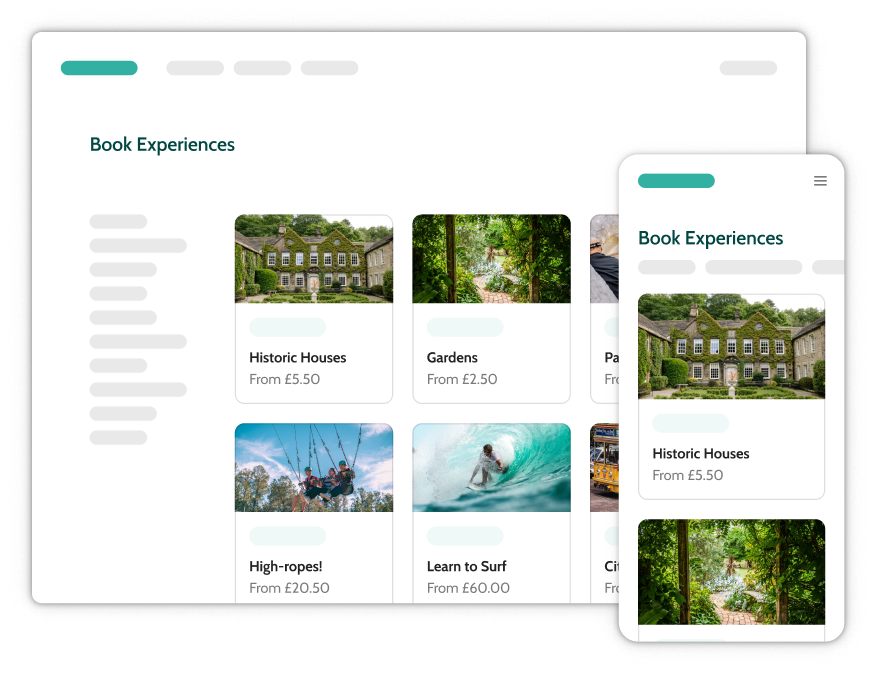
Things are taking a little longer than usual, please bear with us...
Stand Up Paddle Boarding In Lake District
Read our guide for Stand Up Paddle Boarding In Lake District and Find and Book experiences, courses, activities and tours! Browse through the list of experiences, either instantly book onto your dates or enquire to book. All you have to do is turn up and enjoy! If you’ve got any questions about any specific experience, send a message and the providers will aim to get back to you as soon as possible. Have a specific experience in mind that we don’t have listed? No problem, drop us a message and we’ll send your quote around to hundreds of the best experience providers nationwide and come back with you the best quote, making it easy for you to make the most of your spare time!
The Lake District
England’s largest National Park is arguably its most dramatic and stunning one, recognised by it’s recent awarding of World Heritage status. It is home to England’s highest mountain - Scafell Pike - and it’s deepest lake (Wastwater), as well as bustling local towns like Keswick (home to the Mountain Film Festival each year).Covering an impressive 912 square miles it is the largest National Park in England, and also the most popular, boasting over 16 million visitors a year. And with very good reason! If you’re looking for things to do in beautiful surroundings you’d be hard pushed to beat the Lake District.
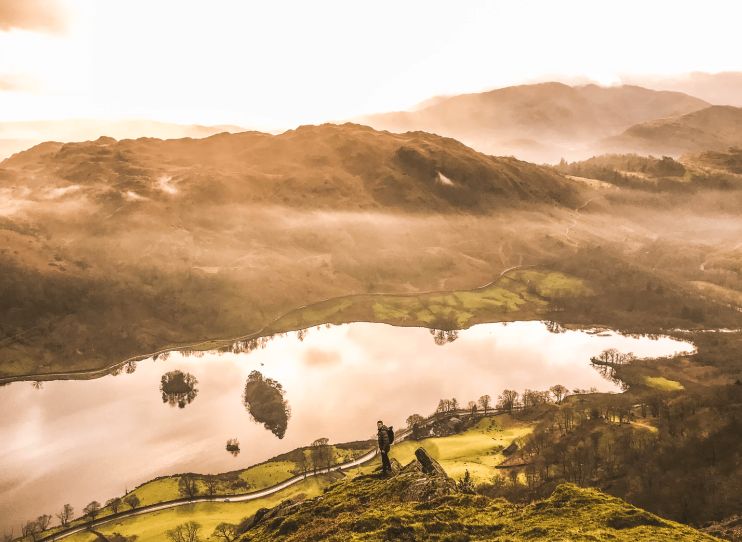
About Stand Up Paddle Boarding
Stand Up Paddle Boarding is one of the fastest growing water sports across the World right now, and it’s easy to see why. It’s one of the quietest and most relaxing ways to travel across water and to explore, meaning you can get incredibly close up to wildlife without scaring it away. You can either sit down or stand up, meaning it’s comfortable. And because they’re so big, they’re often very stable, so it’s possible to go out without getting wet. In fact, they’re so stable many people have taken to Paddle board Yoga and even paddle boarding with dogs.Paddleboarding in the Lake District
There are so many iconic and stunning lakes in the Lake District, and it seems an injustice to narrow it down to a few, but the list below are a few of our favourites. For more choices, to find guides, book tours or discover more detail please use the filters on this page to see what’s nearby and available.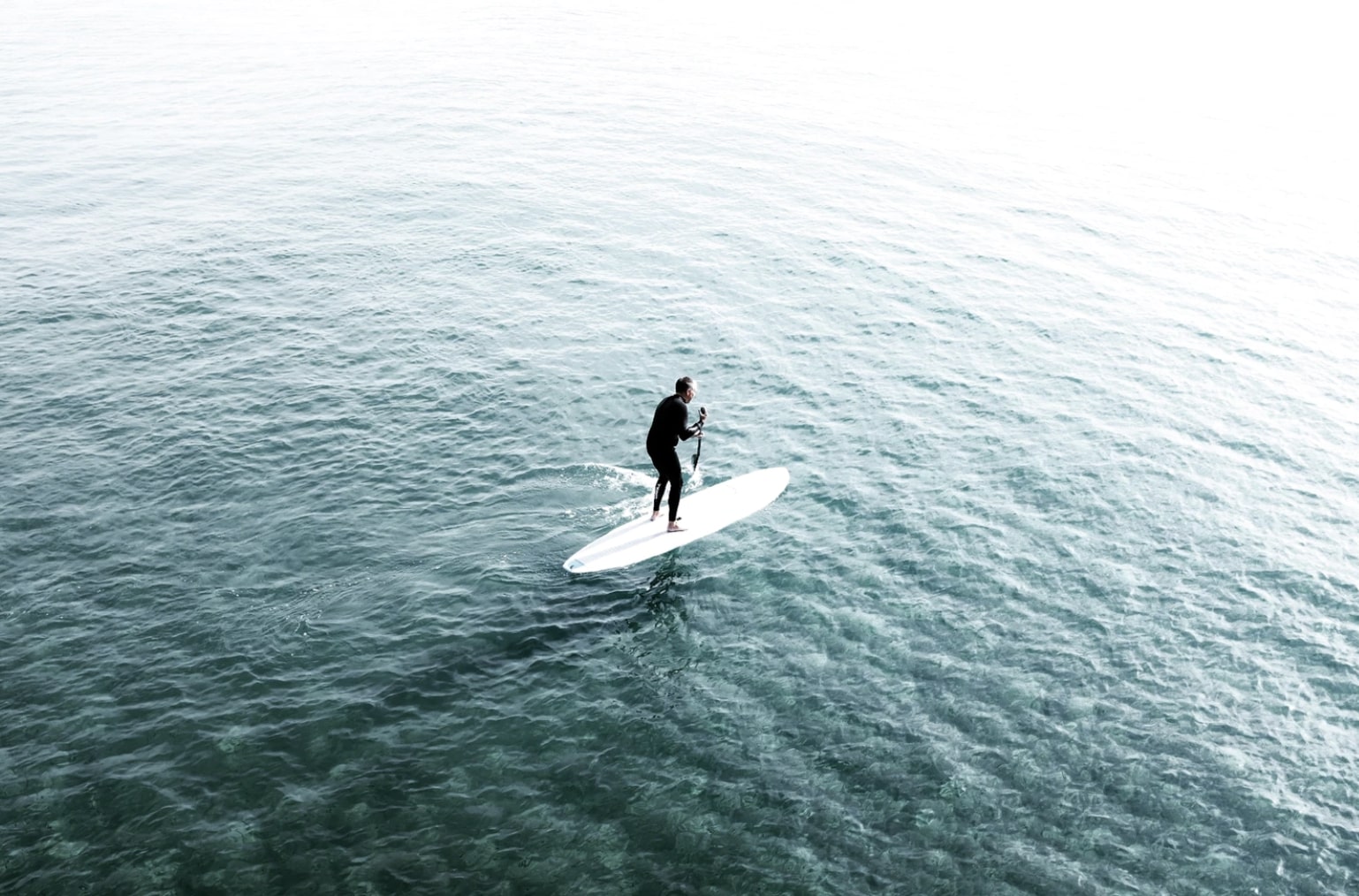
Where can I book paddleboarding in the Lake District?
The following are the main lakes where activity providers will offer hire or guided sessions and courses. Other lakes may be possible upon request however, so if you have a burning desire for a particular location it’s always worth asking!- Coniston Water: spread out from the base of the Old Man of Coniston, the mountain offers a fantastic backdrop to a day’s paddling on the lake. It has three small islands, and look out for blue and white flags which indicate the possibility of swimmers! If you’re launching your own kit the LDNPA grants access but permits are not required here.
- Derwentwater: with bustling Keswick just a stone’s throw away it’s no wonder that Derwentwater is one of the most well-known and busy lakes in the Lake District. It’s dramatic views and backdrop of Skiddaw to the north and Borrowdale to the south make for an impressive setting for a paddle. There are several islands to explore (though Derwent Island is private land and no landing is permitted on this one), and there are several activity providers offering hire and guided trips on the lake.
- Ullswater: the second largest lake has the might Helvellyn towering over it, making for an impressive backdrop to any paddle here. Most of the lake is surrounded by mountains, and yet it’s also one of the most accessible, which is perhaps why it is well catered for by activity providers should you want to take out a paddleboard either for hire or on a guided trip or course.
- Wastwater: the deepest of all the lakes, and also with one of the most striking vistas, surrounded as it is by several mountains: Kirk Fell, Red Pike and the highest in England, Scafell Pike. The view from the area was voted the nation’s favourite in a program on ITV in 2007, and whilst there’s no SUP hire on the shoreline some local activity providers do use it as their main location.
- Windermere: the largest lake in the Lake District, and the biggest in England. It's 10.5 miles long, one mile wide, 220ft deep and the busiest of all the lakes too. There are several activity providers offering paddleboarding on the lake, and whilst no permit is needed much of the shoreline is forbidden to launch from or land on, including the largest of the islands, Belle Isle. The lake has several sizeable settlements along it’s eastern shore (Windermere and Ambleside being notable), and it’s also well known for being the source of much inspiration for Arthur Ransom’s ‘Swallows and Amazons’ books.
- River Derwent: starting from under the shadow of England’s tallest mountain, the Derwent flows through the stunning Borrowdale valley with its many stunning ancient oak forests, making for a magical and rewarding experience. Book a session with an activity provider so you can get a handy lift back to the start again for a great linear journey, and maybe add in a pub stop too!
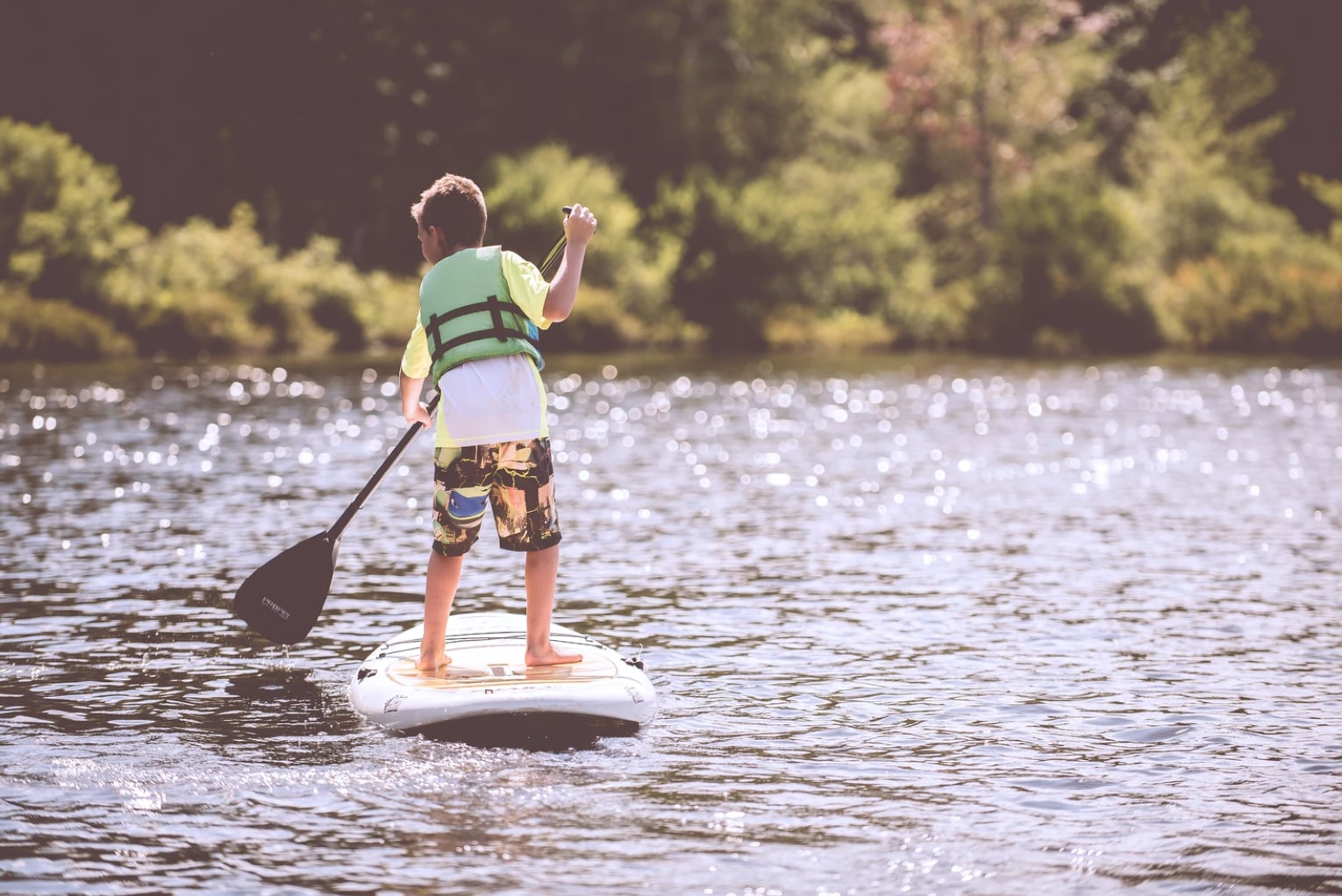
Where can I take my own paddleboard in the Lake District?
- Ennerdale Water: taking advantage of being the most westerly body of water in the Lake District and also the most remote, Ennerdale is the place to come for tranquility and calm. It’s a glacial lake and it’s 2.5 mile long and ¾ mile wide waters are exceptionally clear. Surrounded by wild peaks and dense forest provide an atmospheric backdrop to any paddle here. Permits are only needed if you are a large group or a commercial body and can be gained from the United Utilities website.
- Crummock Water: Flanked by Grassmoor on the west and the fells of Mellbreak on the east, it offers fantastic views from either side. Notably the lake is fed by several streams, including the impressive Scale Force, the tallest in the Lake District with a drop of 170ft, which is well worth a short hike to whilst visiting.. If you take a paddleboard out to Crummock Water, make sure you have a permit. The National Trust owns the land, and you can get permits in the nearby town of Buttermere.
- Grasmere: despite it’s small size Grasmere is one of the more well-known and visited lakes, thanks in no small measure to its connections with William Wordsworth. The island in the middle is privately owned and landing is not permitted. It’s possible to join the River Rothay from the lake, which winds its way for 4 miles to Windermere if you wanted a lovely A to B paddle.
- Thirlmere Reservoir: once two lakes but now a reservoir courtesy of a large dam, Thirlmere also hide two old settlements (Armboth and Wytburn) beneath its waters. It’s a lovely 7.5 mile paddle around the whole lake, so makes for a great day out with a nice stop for lunch on one of it’s many coves. Access is granted by United Utilities, but no permit is needed.
- Bassenthwaite Lake: notable for being one of the better places to spot wildlife, Bassenthwaite is one of the larger lakes but also the shallowest at 70ft at it’s deepest part. It’s often busy with sailing boats from the thriving sailing club here, but paddleboards are allowed with a permit, available from the Lake District National Park Association (LDNPA).
How hard is paddle boarding?
Stand up paddle boarding difficulty varies based on the type of paddleboard you’re using, the weather conditions and the water conditions. On a calm day, with no wind, still water and with a stable paddle board, the sport is very easy. On a day where there are gusts of wind, the paddle board you have isn’t suitable for your weight or the water conditions are poor with heavy river flow, waves or tides, paddle boarding can be more difficult. That being said, the one way to make paddleboarding much easier, is to do it sitting down. Despite the name, it's not mandatory to ‘Stand Up!’. Sitting down can often aid stability and make it easier to paddle in the wind by reducing your surface area. The sport is very accessible and most people should be able to try it out without too much fitness. It’s very relaxing and not too strenuous.What should I wear for stand up paddleboarding?
There’s no set kit required for stand up paddle boarding. Those who are competent and going in gentle water can often go in shorts and a shirt as the chances of falling in are low. If going in water where the chances of falling in are higher, you may be provided with a wetsuit. As best practice, it’s best to wear swimming shorts or a swimming costume and potentially a tshirt over the top to keep you warm. Some insist you wear a buoyancy aid, whilst others suggest that because the paddle board is attached to your ankle by a flexible cable, a buoyancy aid isn’t needed as you’ll be able to safely get back to your paddle board. Dress appropriately for the weather and it’s always better to over dress and be warm, than to be out there on the water freezing. If it’s sunny, consider taking sun cream and a hat. Your feet can sometimes get wet, so in cold water it’s worth wearing something to keep them warm from neoprene boots or at least a pair of shoes / socks you don’t mind getting wet.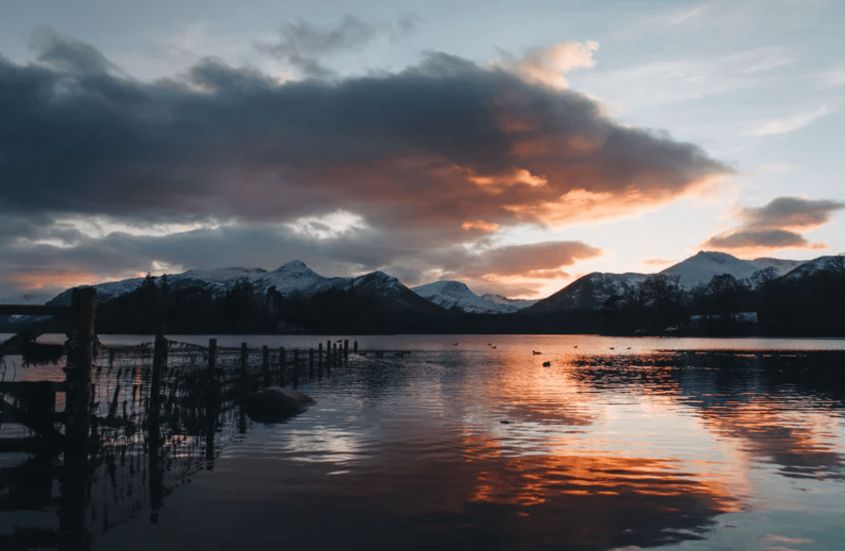
What should I take to paddleboarding?
As falling in is possible, it's always worth taking a spare change of clothes and a towel. If you’re going for over an hour, consider taking snacks and a drink to keep you hydrated. Most paddle boards have elastic straps that enable you to store personal items in. Consider taking a dry bag if you want to keep anything dry.What kit do I need to stand up paddleboard?
If you’re not hiring or going as part of a club, and you’re looking to go paddleboarding by yourself, be sure to consider all the kit. Here’s a starter: Stand up paddleboard (and a pump if its inflatable) All parts of your SUP e.g. The Fin and the SUP leash SUP paddle Buoyancy Aid First Aid Kit Rescue whistle / communication deviceWhere can I paddleboard? License for paddle boarding canals With over 3000 miles of canal in the UK, these calm waters are prime spots to explore by paddle board. If you’re paddling with a club they should arrange this for you. If you’re paddling by yourself, you’ll need to organise a license to paddle on them by checking the Canal River Trust Website
License for Paddle Boarding on Rivers and Lakes Unfortunately, it’s not always clear where you’re allowed to paddleboard as some waterways are privately owned or are protected due to conservation work or military training. British Canoeingprovides the most comprehensive license for paddling on rivers and Lakes and you can also see what parts are not included as part of their license before buying.
Paddleboarding in The Sea There’s nothing quite like paddle boarding around the coast of the UK, with an abundance of wildlife, some more challenging water conditions and the stunning cliffs, beaches and islands. Fortunately, there’s no license requirements, you’ll just need to be a very competent paddler as it can be very dangerous to manage tides and waves without the knowledge and experience.
Other searches
- Stand Up Paddle Boarding In UK
- Outdoor Activities In Lake District
- Watersports In Lake District
- Walking In Lake District
- Cycling In Lake District
- Canoeing and Kayaking In Lake District
- Rock Climbing In Lake District
- Stand Up Paddle Boarding In Lake District
- Adventure Holidays Near Lake District
- Kayaking Holidays Near Lake District
- Surfing Near Lake District
- Things To Do With Kids In Lake District
- Things To Do With Dogs Lake District
Your journey to easier and more powerful ticket sales starts here
Quick sign-up, no obligations
Try for freeSolutions
Industries
© Copyright Beyonk Limited
Registration Number 11994212 (England and Wales)
